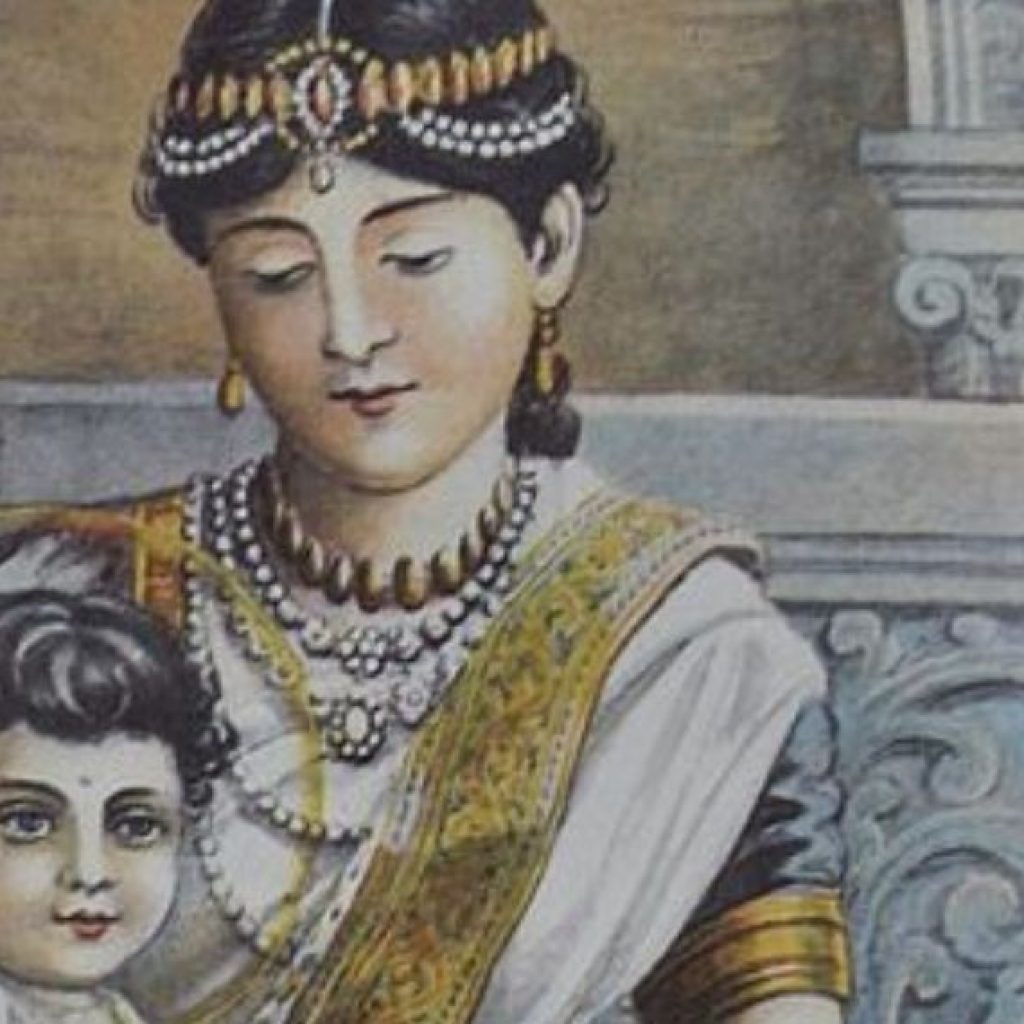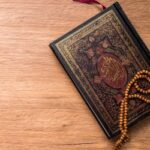14 women who helped shape religion

It’s essential to recognize the historical contributions of women to the beliefs that guide our lives. Countless women motivated by faith made great strides and/or served as spiritual or religious leaders in faith traditions that are still celebrated by millions around the world. Here’s a look at 14 people who helped shape religion as we know it today.
Catherine Booth co-founded The Salvation Army, along with her husband William Booth. Because of her influence in the formation of The Salvation Army, she was known as “the Army Mother.” She grew into a courageous speaker, known for her gentle manner but powerful appeal, counseling alcoholics in their homes and holding cottage meetings for new believers. Two of her children, Bramwell and Evangeline, would go on to be Generals of The Salvation Army.
Ellen G. White was an American author and co-founder of the Seventh-day Adventist Church. Along with other Adventist leaders such as Joseph Bates and her husband James White, she was instrumental within a small group of early Adventists who formed what became known as the Seventh-day Adventist Church. White is considered a leading figure in American vegetarian history.
Fatima bint Muhammad Al-Fihriyya is credited with founding the al-Qarawiyyin mosque in 859 AD in Fez, Morocco. She is also known as “Umm al-Banayn (Mother of the Sons)” and hailed from a well-educated family. Upon the death of her father, Fatima inherited a large fortune. She invested this wealth in founding a mosque and educational institution. Established in the year 859, the University of al-Qarawiyyin was the first degree-granting educational institute in the world.
Gargi, a philosopher, public speaker, and royal advisor, was one of the composers of the Upanishads. Her philosophy-poetry addresses metaphysical questions about the construction and origin of the universe. She is best known for a public debate in which she silenced (and irritated) a renowned sage by posing an unanswerable question, which can be simplified into: “Where is the realm of the Gods located?” Gargi was also said to be an advisor in the Court of King Janaka.
Huldah was a prophetess mentioned in the Torah. After the discovery of a book of the Law during renovations at Solomon’s Temple, on the order of King Josiah, several leaders approach her to seek the Lord‘s opinion. Her validation of the text thus stands as the first recognizable act in the long process of canon formation. According to Rabbinic interpretation, Huldah was one of the principal professed woman prophets in the Nevi’im (Prophets), the second of the three major sections of the Tanakh. “Huldah” derives from the Hebrew term meaning to abide or to continue. The Huldah Gates in the Southern Wall of the Temple Mount is named after her.
Khadija bint al-Khuwaylid was the first wife of the Prophet Muhammad and remains one of the most powerful and inspiring figures in Islamic history. Referred to as the “Mother of Believers,” she is often praised for almost single-handedly funding and supporting the Prophet and Islam in its early days. A wealthy woman of her own right, she was a businesswoman who hired the Prophet (before he was revealed the Quran). When she passed away, the Prophet is said to have dug her grave himself. Constantly supporting the Prophet through some of the most challenging days of early Islam, Khadija remains one of the most powerful women in Islam.
Mahapajapati Gotami was the stepmother and maternal aunt of Siddhartha Gautam Buddha. When Maya, Buddha’s mother, died, Gotami looked after him. She was known to be the first woman to seek ordination for women. It was not easy for her to become ordained, but she received ordination directly from the Buddha and became the first female bhikkhuni (female monastic).
Mata Sahib Kaur joined the Court of Guru Gobind Singh to live a life devoted to social justice and community service. She would join him in serving langar, fighting battles, and singing hymns. Due to her dedication to the Sikh path, in 1699, when Guru Gobind Singh ceremoniously created an order of initiated Sikhs (Khalsa), he asked her to play a central part in the ceremony. She famously added sugar to the Amrit (nectar of initiation) that he and the other committed Sikhs were to drink. To this day, she is considered “Mother of the Khalsa.”
Mata Khivi helped start langar, the free community meals served at gurdwaras, more than 500 years ago. She was the wife of Guru Angad Sahib, (second Sikh Guru) and helped establish a free kitchen that provided meals for everyone in their community. There is also reference to Mata Khivi in the Guru Granth Sahib (the holy scriptures of the Sikhs), wherein she is described as a good person, an affectionate mother, and one who provides shelter and protection to others. Today, every Sikh place of worship continues the tradition of serving langar.
Mother Teresa, a Roman Catholic nun and missionary who dedicated her life to serving the dying and destitute living in slums, was awarded the Nobel Peace Prize in 1979 for her work in “bringing help to suffering humanity.” Known to minister to those that others wouldn’t even consider, she became one of the most famous missionaries of all time. Six years after her death, in 2003, she was beatified by the Catholic Church.
Nani Bala Barua, better known as Dipa Ma, was an Indian meditation teacher of Theravada Buddhism and was of Barua descent. She was a prominent Buddhist master in Asia and had a long career of guiding stay-at-home wives and moms. She also taught in the United States where she influenced the American branch of the Vipassana movement.
Rachel “Ray” Frank’s position in American Jewry was truly a novel one. In 1890, she became the first Jewish woman to preach formally from a pulpit in the United States, inaugurating a career as “the Girl Rabbi of the Golden West” that would help to blaze new paths for women in Judaism. Virtually overnight, Frank became a sensation in the Jewish world, and she would remain so for nearly a decade.
Sarah Melissa Granger Kimball was a 19th-century Latter-day Saint advocate for women’s rights and early leader in the Relief Society of The Church of Jesus Christ of Latter-day Saints. She was one of a few dozen women known to have attended Joseph Smith’s School of the Prophets. Kimball’s involvement in the church led to the establishment of the women’s Relief Society as well as participation in the national suffrage movement.
Sumayya Bint Khayyat was among the first women to accept Islam, Sumayya was the wife of Yasir bn Amir and the mother of Ammar bn Yassir. Before embracing Islam, Sumayya, a Black Abyssinian (modern-day Ethiopia) woman, was a slave in Makkah who was owned by Abu Hudhaifah ibn al-Mughirah, from the tribe of Makhzum. She regained her freedom after she gave birth to Ammar. According to numerous traditions, Summaya is the first martyr in Islam. She attained martyrdom after being tortured by Abu Jahl Amr bn Hisham alongside her husband for their conversion to Islam. She died in 615 AD.



